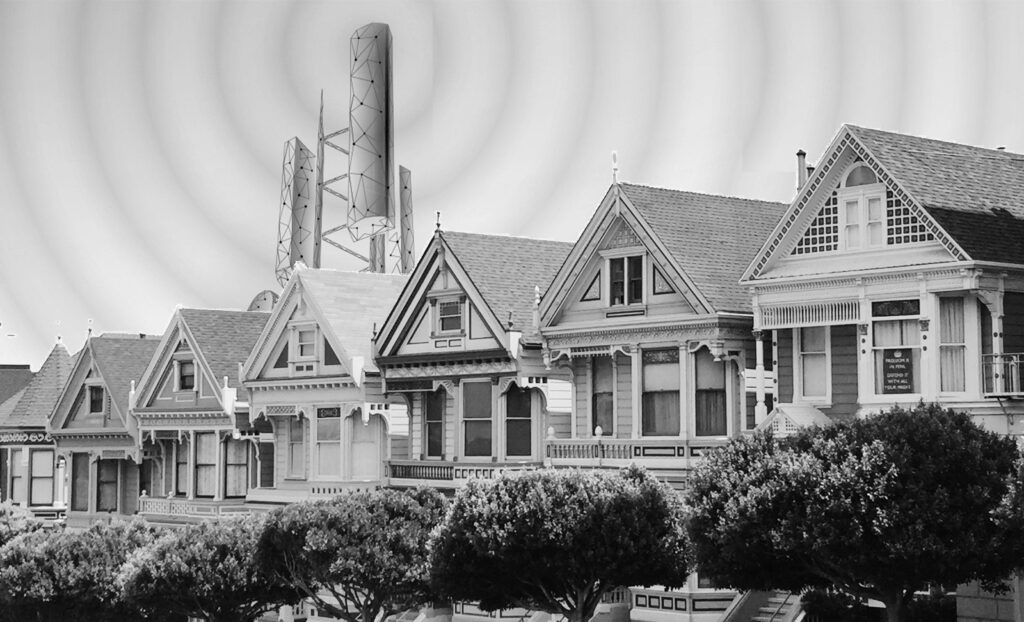Electrobiological measurement
What is the truth behind the theory that our health can be negatively affected by electromagnetic radiation? After all, most people hardly feel the effect, if at all. But what you can’t feel, see or smell doesn’t mean it’s not “there”. Many people suffer from sleep disorders, fatigue, loss of performance, depression, or migraines.
These symptoms can be the effect of electromagnetic fields, commonly known as “electrosmog”. Electrosmog is artificially generated electric and magnetic fields. They occur where we live and work, where electricity flows and voltage is generated. This means at home, at work and outside. Without stopping, these rays penetrate us and can cause great damage.
Electrosmog can permanently impair the quality of life
If we consider that we spend a large part of the day in workplaces exposed to electrosmog, that we only make phone calls with mobile- or cordless-phones, and that our organism is also exposed to electrical pollution during the night, it is easy to understand that the number of people with health problems is increasing. As a result, our body can no longer regenerate during the night causing physical or psychological health problems in the medium and long term. The human nervous system works with weak electromagnetic fields (EMF). This makes it potentially susceptible to interference from technical EMF. Disturbances in the nervous system can lead to systemic disturbances in the long run, such as disturbances of the blood, hormone, metabolic, muscle, immune and lymphatic systems. All are influenced by the central nervous system. If there are permanent disturbances there, even if they are only weak, this can lead to complications. In this case, bodily functions become increasingly out of sync. These factors can be responsible when people feel stressed and exhausted.
The Swiss Federal Office for the Environment (FOEN) informed in the “Umwelt-Info 2020”: The effect of non-ionising radiation on humans depends on the intensity, frequency and partly the modulation of the radiation. Intense low-frequency radiation can trigger nerve impulses and involuntary muscle contractions. Intense high-frequency radiation can cause heating of body tissues. Even low-level radiation can alter brain waves and affect blood flow and metabolism in the brain. Based on epidemiological studies, the World Health Organisation (WHO) has classified both low-frequency magnetic fields and high-frequency radiation as possibly carcinogenic to humans.
It is therefore more important to measure the low-frequency fields triggered by electrical installations and devices, as well as the high-frequency fields triggered by WiFi, GSM (mobile phones), Dect (cordless phones), DAB+ (radio) etc. from 100kHz to 5GHz, and to introduce measures as far as possible so that the body is less stressed and can recover.
If you are interested in a consultation or have any questions, please contact us. You can reach us by phone, e-mail or through our contact form on the webpage.



